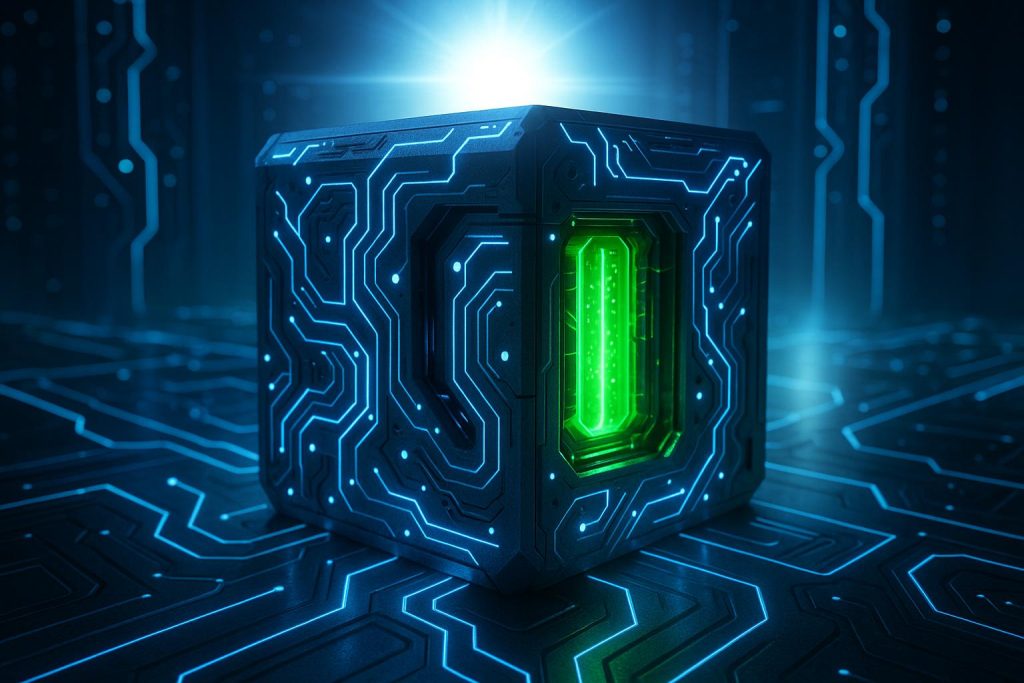Listen to the article
Schneider Electric, in collaboration with NVIDIA, unveils innovative AI infrastructure reference designs that integrate power management and liquid cooling, accelerating deployment of high-density AI clusters and enhancing data centre resilience.
Schneider Electric, a global leader in energy management and automation, has announced two new AI infrastructure reference designs co-engineered with NVIDIA, intending to significantly speed up the deployment of AI-ready data centre solutions. Announced on 1 October 2025, these designs respond to the ever-growing demand for high-density, GPU-accelerated AI clusters by providing data centre operators with validated frameworks that integrate power management, liquid cooling controls, and AI operations orchestration.
The first of the new reference designs is an industry-first framework that seamlessly integrates power management and liquid cooling control systems, leveraging Schneider Electric’s Motivair liquid cooling technology. This design notably interoperates with NVIDIA Mission Control — the AI factory operations and orchestration software that manages cluster and workload tasks — enabling operators to manage complex AI infrastructure components harmoniously across operational technology and information technology layers. This integration allows for real-time, precise control of critical power and cooling resources, ensuring high reliability and uptime for AI deployments. The control systems are built with a “plug-and-play” architecture based on the MQTT protocol, facilitating the first-ever seamless data exchange between building management systems and AI infrastructure software. It also introduces new standards for measuring rack peak power and power quality, emphasising resilience and redundancy across coolant distribution units and power panels.
The second reference design targets AI infrastructure deployment for AI factories with rack power densities up to 142 kW, specifically designed around NVIDIA GB300 NVL72 racks. This design supports high-density environments such as NVIDIA DGX SuperPODs powered by up to 1,152 GPUs, utilising liquid-to-liquid CDUs and high-temperature chillers for cooling efficiency. Encompassing facility power, cooling, IT space, and lifecycle software, it offers certified configurations aligned with both American National Standards Institute (ANSI) and International Electrotechnical Commission (IEC) standards. Schneider Electric enhances this with digital twin capabilities powered by its ETAP and EcoStruxure IT Design CFD models, which allow operators to simulate and optimise power and cooling scenarios tailored to their specific setups.
This announcement continues the long-standing collaboration between Schneider Electric and NVIDIA, underscoring a shared commitment to meeting the sector’s AI infrastructure needs with advanced, energy-efficient, and scalable data centre architectures. Schneider Electric has also previously developed a suite of nine AI reference designs covering a broad spectrum of environments, including legacy data centres, prefabricated modules, and various AI cluster configurations, all purpose-built around NVIDIA technologies.
Jim Simonelli, Senior Vice President and Chief Technology Officer at Schneider Electric, commented on the announcement, highlighting the company’s focus on streamlining the design, deployment, and operation of future-ready AI infrastructure. Meanwhile, Scott Wallace, Director of Data Center Engineering at NVIDIA, underscored the transformative potential of integrated intelligence that Schneier Electric’s controls architecture offers, particularly as it enables AI factory digital twins and helps optimise accelerated computing infrastructure.
Schneider Electric’s comprehensive solutions for AI data centres also address critical challenges beyond power and cooling, including sustainability standards and efficient power distribution within tightly constrained spaces. Their guidance helps data centre operators balance urgent high-density power demands with environmental and regulatory requirements, whether retrofitting existing facilities or planning new builds. The new reference designs thus provide an end-to-end, future-proof blueprint that enhances both operational efficiency and resilience, better preparing data centres to adopt the next generation of accelerated computing technologies.
📌 Reference Map:
- Paragraph 1 – [1], [4], [6]
- Paragraph 2 – [1], [2], [7]
- Paragraph 3 – [1], [4], [2], [7]
- Paragraph 4 – [1], [3], [5]
- Paragraph 5 – [1], [4], [6], [7], [5]
Source: Fuse Wire Services


